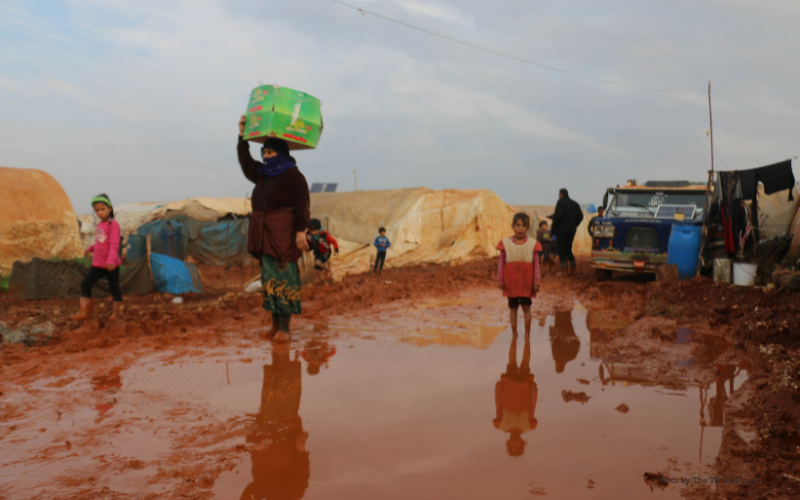The transversality of the issue of climate change, its causes, and consequences, would allow this subject to be presented in various editorials of the daily media. However, when it comes to news coverage, the newsworthiness criteria that permeate the entire production process of journalism require a set of characteristics for the facts to be considered newsworthy. In the case of climate change, this coverage occurs especially when new reports are released, such as those of the Intragovernmental Panel on Climate Change (IPCC), or intense negotiations take place in the context of the UNFCCC Conferences of the Parties (COPs), or when the climate change-related weather extremes manifest themselves as disasters with human losses.
The slow-onset and multifaceted nature of climate change makes it difficult to include it in the media cycle with the proper degree of frequency and depth. However, by establishing connections between what happens at the local level and global events, journalists are able to communicate more widely and in a contextualized way this phenomenon. As part of that, climate-induced human displacement is already considered a humanitarian crisis of the 21st century.
The Groundswell report update, released in 2021 by the World Bank, emphasizes climate change as a super-potent driver of human displacement. It is estimated that 216 million people could thus be forced to relocate within their countries. “By 2050, Sub-Saharan Africa could see as many as 86 million internal climate migrants; East Asia and the Pacific, 49 million; South Asia, 40 million; North Africa, 19 million; Latin America, 17 million; and Eastern Europe and Central Asia, 5 million”.
In February of this year, the intensity of rain on the north coast of Sao Paulo, Brazil, made around 2,000 people homeless and resulted in more than 60 deaths. In just 24 hours of torrential rain in the cities of São Sebastião and Bertioga, the most affected, the rainfall exceeded the expected two-month total, according to the National Center for Monitoring and Alerts of Natural Disasters (Cemadem). Connecting this extreme event to a global phenomenon helps the public understand that the impacts of climate change are already occurring, but not homogeneously across the globe.
The latest report by the Internal Displacement Monitoring Center (IDMC, 2023) informs that, by the end of 2022, 71.1 million people were in a situation of internal displacement, because of conflicts and disasters. The data reveals an increase of 20% in relation to the survey of the previous year. The number of forced internal displacements due to disasters was 8.7 million. As stated in the report: “The La Niña weather phenomenon persisted for a third consecutive year, leading to record levels of flood displacement in countries including Pakistan, Nigeria, and Brazil. It also fueled the worst drought on record in Somalia, Ethiopia, and Kenya, triggering 2.1 million movements”.
The increased frequency and intensity of extreme weather events are due to the anthropogenic origin of global warming; therefore, it is no longer possible to consider such disasters as natural. Communication that emphasizes this fact contributes to the advancement of public policies for disaster risk reduction and raises awareness that the private sector and organized civil society also need to contribute in some way to coping with extreme events. This is the most important document in this regard at the international level and offers guidelines for coping, managing, and governing disaster risk.
Journalism is legitimated in democratic countries due to a social and historical process. Also, it’s an important part of the macro field that is Disaster Risk Communication, so if the journalistic practice does not naturalize disasters in its coverage, it contributes to the understanding of the “social inequity” of the risks and the “reflexivity” capacity of each society. Those concepts brought by Antony Giddens can help the understanding of this problem by showing that despite the fact that the impacts of climate changes expose all of us, some regions of the planet are more susceptible to suffering from extreme weather events. The same can be said about the capacity of each community to respond to such events.
The global effects of climate extremes are diverse: they increase internal and international conflicts over natural resources, inflame political tensions, drive the displacement of individuals and communities from their places of origin, and impact the field of collective health, among others. The multiplicity of facets of this issue is evident, as its potential for inclusion in the media agenda more recurrently. If it happens, this can contribute to shaping a better-informed public that is aware of its role in collectively demanding, monitoring, and participating in governance actions. It can also highlight the role of the individual as an active agent of the necessary transformation for adaptation and resilience in the face of the challenges posed by climate change.



